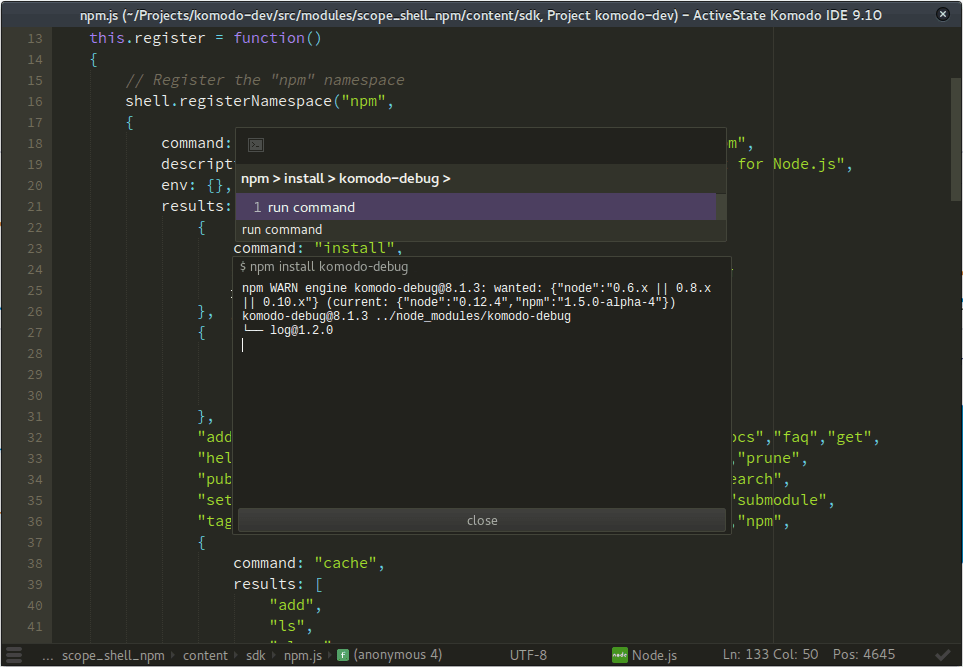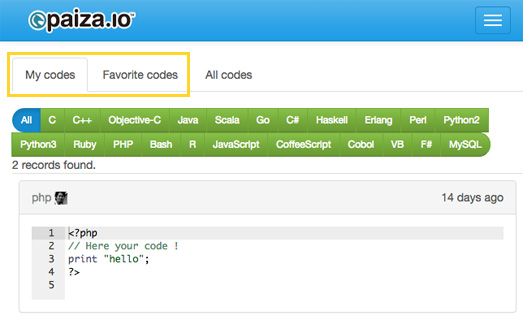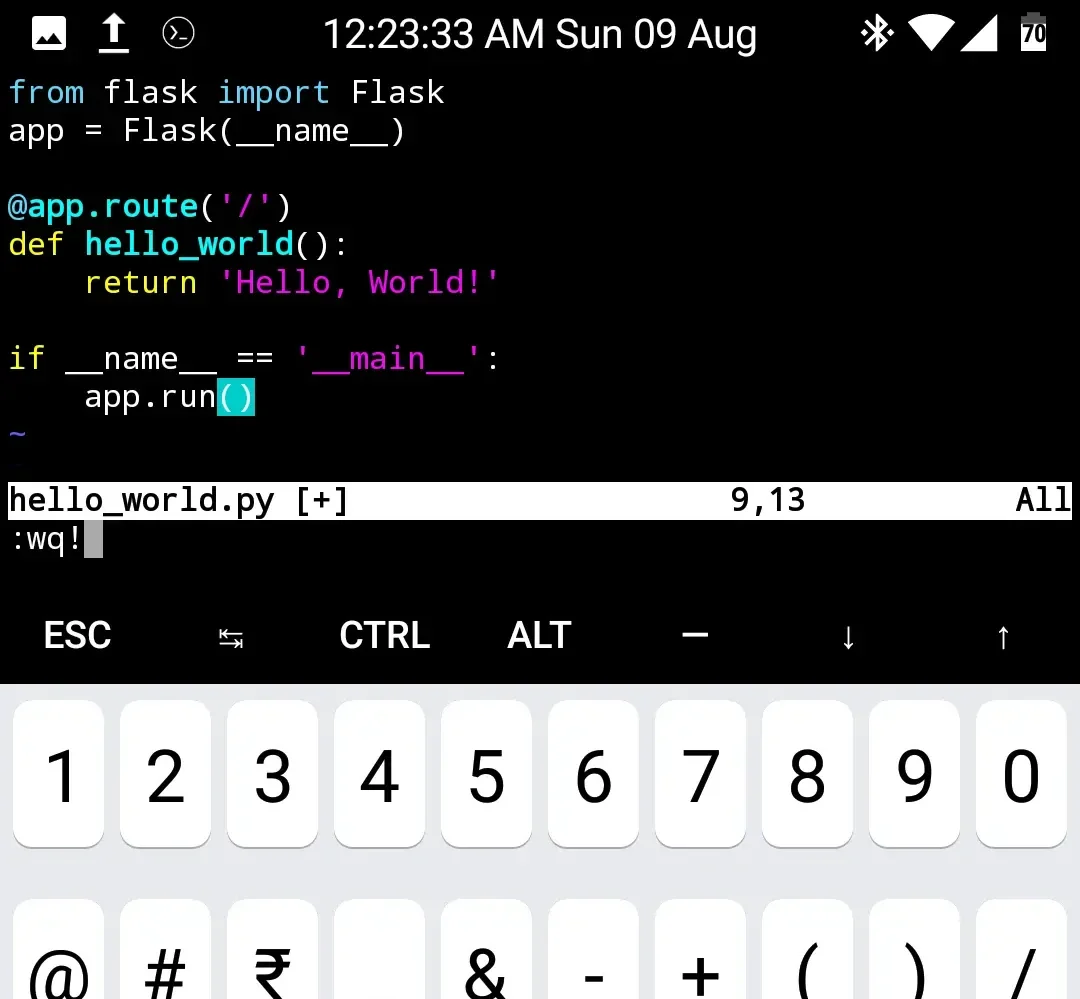If you can't execute or run a Python script, then programming is pointless. When you run a Python script, the interpreter converts a Python program into something that that the computer can understand. Executing a Python program can be done in two ways: calling the Python interpreter with a shebang line, and using the interactive Python shell.
- If you cannot run or execute a python script, there is no point in being a programmer. I mean, the ultimate goal of a developer is to write scripts that are executable and actionable. You see, whenever you run a python script, the IDE converts the syntax into instructions that the computer can understand and act on. Technically, this is doable.
- Batteries included. With Python versions 2.7, 3.5, 3.6, 3.7 and 3.8, and all the goodies you normally find in a Python installation, PythonAnywhere is also preconfigured with loads of useful libraries, like NumPy, SciPy, Mechanize, BeautifulSoup, pycrypto, and many others.
To run a Python script, you'll pass it as an argument to the system stored procedure, spexecuteexternalscript. This system stored procedure starts the Python runtime in the context of SQL machine learning, passes data to Python, manages Python user sessions securely, and returns any results to the client.
Run a Python Script as a File
Generally programmers write stand alone scripts, that are independent to live environments. Then they save it with a '.py' extension, which indicates to the operating system and programmer that the file is actually a Python program. After the interpreter is invoked, it reads and interprets the file. The way Python scripts are run on Windows versus Unix based operating systems is very different. We'll show you the difference, and how to run a Python script on Windows and Unix platforms.
Run a Python script under Windows with the Command Prompt
Windows users must pass the path of the program as an argument to the Python interpreter. Such as follows:
C:Python27python.exeC:UsersUsernameDesktopmy_python_script.py |
Note that you must use the full path of the Python interpreter. If you want to simply type python.exe C:UsersUsernameDesktopmy_python_script.py you must add python.exe to your PATH environmental variable. To do this, checkout the adding Python to the PATH environment article..

Window's python.exe vs pythonw.exe



Note that Windows comes with two Python executables - python.exe and pythonw.exe. If you want a terminal to pop-up when you run your script, use python.exe However if you don't want any terminal pop-up, use pythonw.exe. pythonw.exe is typically used for GUI programs, where you only want to display your program, not the terminal.
Run a Python Script Under Mac, Linux, BSD, Unix, etc
On platforms like Mac, BSD or Linux (Unix) you can put a 'shebang' line as first line of the program which indicates the location of the Python interpreter on the hard drive. It's in the following format:
A common shebang line used for the Python interpreter is as follows:
You must then make the script executable, using the following command:
Unlike Windows, the Python interpreter is typically already in the $PATH environmental variable, so adding it is un-necessary.
You can then run a program by invoking the Python interpreter manually as follows:
Python Execution with the Shell (Live Interpreter)

Python Script Runner Online Sa Prevodom
Assuming that you already have Python installed and running well (if you're getting an error, see this post), open the terminal or console and type 'python' and hit the 'Enter' key. You will then be directed immediately to the Python live interpreter. Your screen will display a message something like:
2 4 | Python3.3.0(default,Nov232012,10:26:01) [GCC4.2.1Compatible Apple Clang4.1((tags/Apple/clang-421.11.66))]on darwin Type'help','copyright','credits'or'license'formore information. |
Python Script Runner Online Sa Prevodom
The Python programmer should keep in mind one thing: that while working with the live interpreter, everything is read and interpreted in real-time. For example loops iterate immediately, unless they are part of function. So it requires some mental planning. Using the Python shell is typically used to execute code interactively. If you want to run a Python script from the interpreter, you must either import it or call the Python executable.